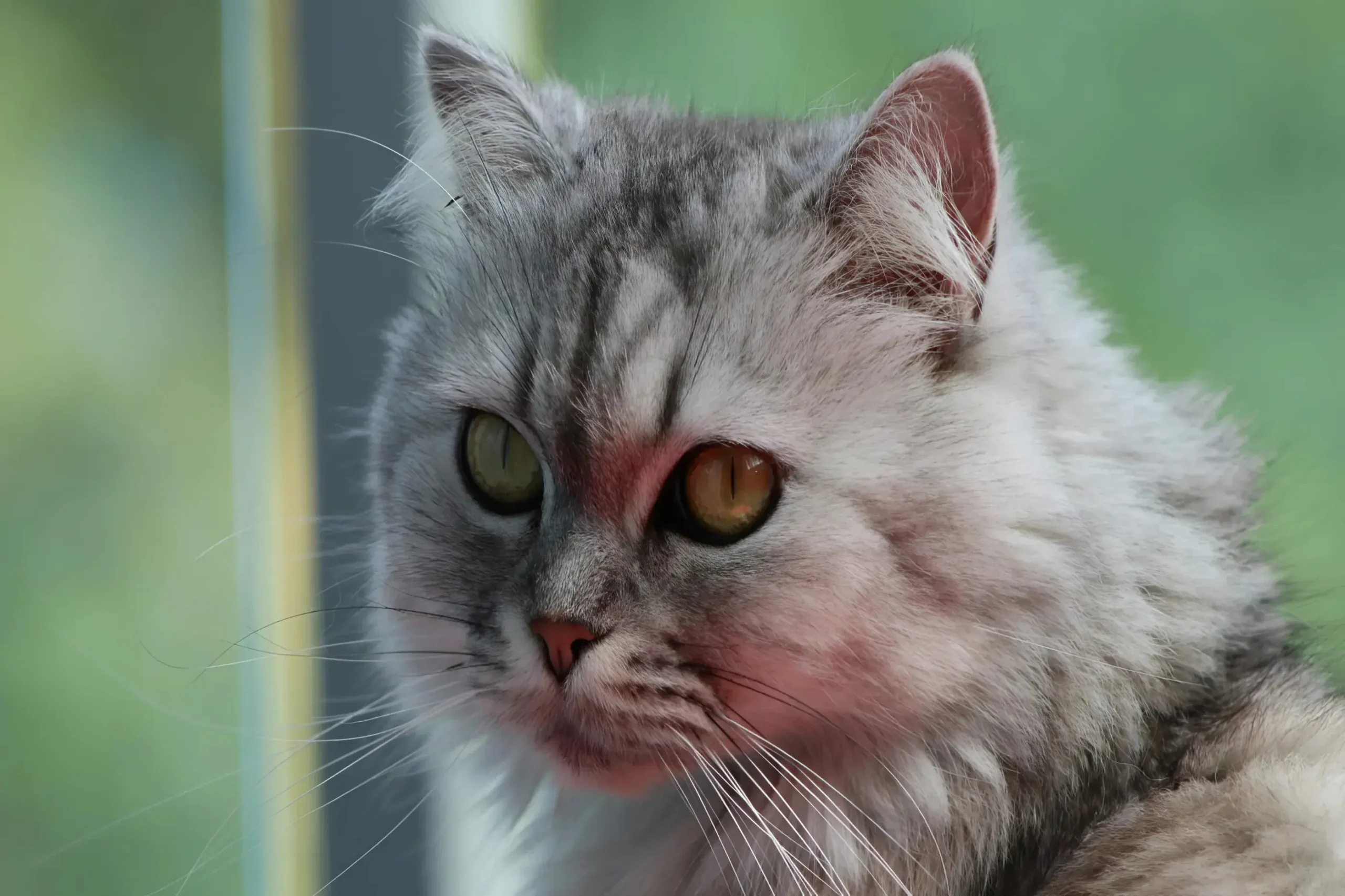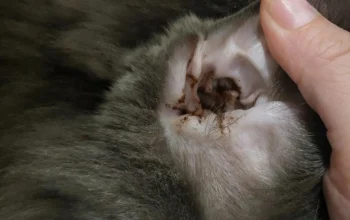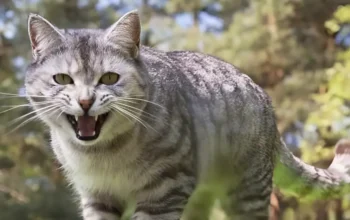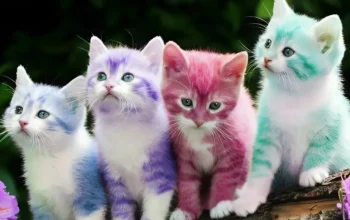Ever been confused about why your cat is shedding like it’s trying to leave a second version of itself on your couch? You’re not alone. Cat hair shedding is one of the most common concerns cat parents face, especially if their feline friend has long, fluffy fur.
While some shedding is totally normal (yes, even with short-haired cats), too much fur floating around might be a sign that your cat’s body is telling you something. Let’s talk about what causes it, and more importantly, how you can help your cat keep its coat silky, shiny, and right where it belongs—on the cat.
Table of Contents:
Why Is My Cat Shedding So Much?
Before jumping into solutions, it’s worth understanding why your cat might be shedding more than usual. A small amount of fur loss is natural, especially during seasonal changes. But when it becomes excessive, it might be linked to one or more of the following:
- Poor nutrition
- Lack of grooming
- Parasites
- Skin allergies or conditions
- Stress or anxiety
- Dehydration
- Underlying medical issues
The good news? Most of these are manageable once identified.
How to Reduce Cat Hair Shedding Naturally
Let’s get into the practical stuff. Here are tried-and-true ways to reduce that never-ending cloud of fur.
1. Brush Your Cat Regularly
Brushing your cat’s fur daily (or at least several times a week) can massively cut down on shedding. It helps remove loose hairs before they end up on your clothes, furniture, or dinner plate (ugh).
- Use a soft-bristle brush or a grooming glove.
- For long-haired cats, try a slicker brush or wide-toothed comb.
- Be gentle and make it a bonding experience, not a battle.
This also helps with blood circulation and keeps your cat’s skin healthy.
2. Feed High-Quality, Nutrient-Rich Food
What your cat eats shows on its coat. Diet plays a massive role in fur health. Aim for:
- Animal-based proteins as the primary ingredient (e.g., chicken, fish, lamb).
- Healthy fats, especially omega-3 and omega-6 fatty acids.
- Vet-approved vitamin and mineral supplements for fur and skin health.
Avoid foods with fillers like corn or by-products that can trigger allergies or poor coat condition.
3. Keep Your Cat Hydrated
Not drinking enough water can lead to dry skin, which contributes to shedding. Make sure your cat has fresh water daily. You can also:
- Add wet food to their diet.
- Use a cat water fountain to encourage drinking.
- Place water bowls in multiple locations.
4. Minimize Stress
Just like humans, cats shed more when they’re stressed. Signs of a stressed cat might include hiding, hissing, over-grooming, or even aggression.
- Keep their routine predictable.
- Give them safe spaces to relax.
- Try calming sprays or pheromone diffusers if needed.
5. Bathe Occasionally with Cold or Lukewarm Water
While cats are great at self-cleaning, a gentle bath every few months can help remove dirt, dander, and loose fur. Stick with cat-specific shampoos, and avoid hot water which can dry out their skin.
6. Schedule Regular Grooming Sessions
If you’re short on time (or patience), take your cat to a pet salon for professional grooming. They’ll not only brush and bathe your cat but can also help spot early signs of skin issues.
7. Regular Vet Visits
Routine vet check-ups can catch problems early—like skin infections, allergies, or underlying illnesses that might be causing hair loss.
- Ask your vet about parasite treatments, especially if your cat goes outdoors.
- Make sure your cat is up to date on vaccinations and flea prevention.
8. Clean Their Living Space
Shedding doesn’t just stop at your cat. Fur builds up in their beds, toys, and everywhere else they hang out. Clean regularly to avoid fur accumulation and reduce allergens.
- Wash their bedding weekly.
- Vacuum cat trees, sofas, and rugs often.
- Use pet-safe disinfectants and lint rollers where needed.
Should You Be Worried About Cat Hair Shedding?
Mild to moderate shedding is normal. But if your cat is suddenly going bald in patches, scratching a lot, or has irritated skin, it’s time to consult your vet. Don’t self-diagnose—hair loss might be a symptom of something more serious like mites, ringworm, or even thyroid issues.
Final Thoughts
At the end of the day, cat hair shedding is something all cat lovers deal with. But by staying proactive with grooming, diet, and regular vet care, you can keep both your kitty and your home fur-free (or at least fur-less).
What do you think? Let’s get started today—your cat’s new shiny coat is just a brushstroke away.





